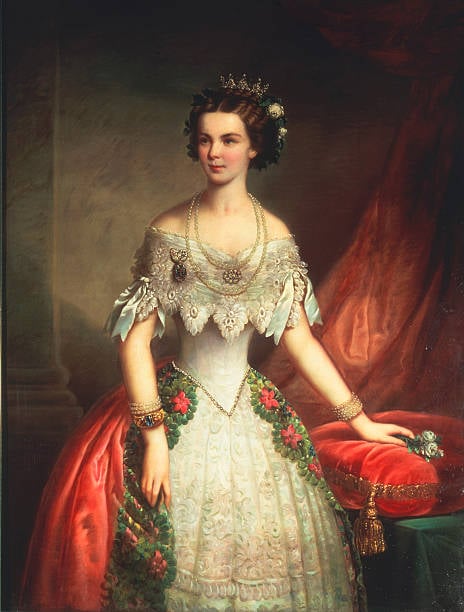Kwanzaa:
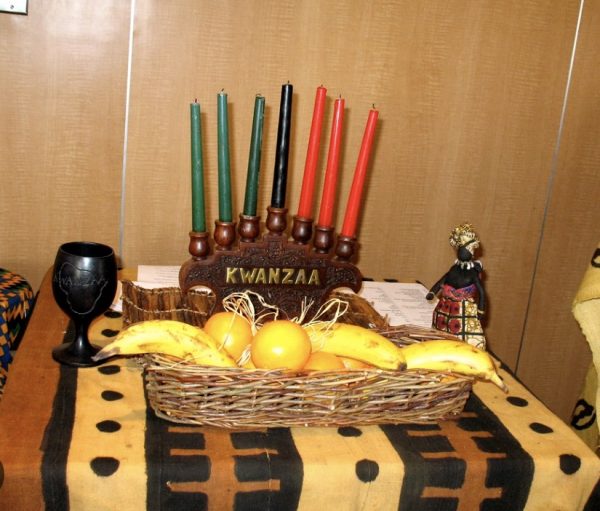
Unity, self-determination, collective work and responsibility, cooperative economics, purpose, creativity and faith: the seven principles of Kwanzaa; a candle is lit for each of them.
The Kwanzaa candles are aligned where a black candle sits in the middle with three red candles and three green candles beside it. The green candles represent the earth, the black candle represents unity, and the red candles represent the struggle that African Americans endured in the past.
Kwanzaa is a celebration of African heritage and culture that takes place from Dec. 26 to Jan. 1. During this week, families decorate their households with objects of art, colorful cloth and fresh fruits to represent their idealism. The holiday is celebrated in many different ways including drumming, musical selections, libations, candles, readings, discussions, performances and most commonly a feast.
The communal feast, Karamu, takes place on the sixth day of Kwanzaa, or Dec. 31. It is most commonly celebrated with a main dish of a one-pot stew which comes from many different traditions.
The festival of Saint Lucia:
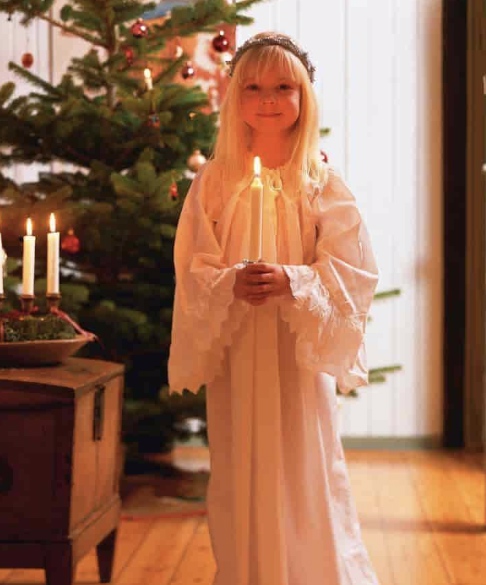
Different stories and traditions all surround Saint Lucia, but no matter the background, the festival of Saint Lucia focuses on central themes of light and service.
The festival of Saint Lucia, which is most traditionally celebrated on Dec. 13, marks the beginning of the Christmas season in Sweden. Lucia Day can be traced back all the way to the fourth century when she brought food back to Christians hiding in Roman catacombs, lighting her way with a candle-lit wreath. Dec.13 was historically the shortest day on Julian’s calendar, so the date signifies the end of the long nights and the beginning of light.
The day is an atmospheric event filled with Christmas treats and dressing up. Young boys tend to wear star hats while the eldest daughters dress up to portray Lucia, dressing in long white gowns with wreaths on their heads.
Bodhi Day:
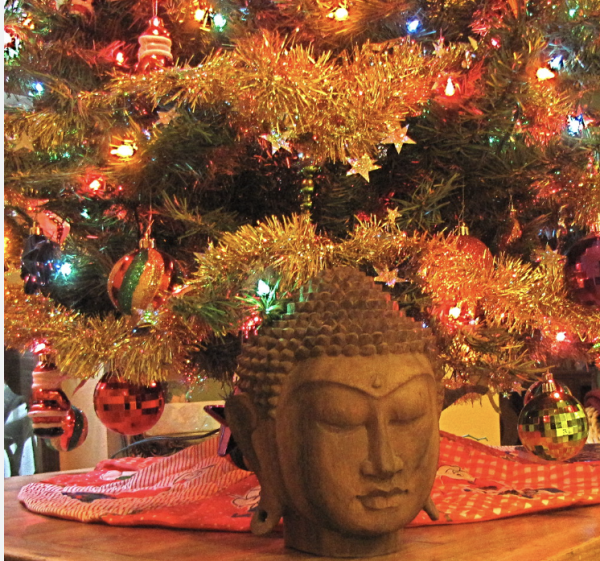
Dressing a ficus tree with bright colorful lights, strings with different variations of beads, and three reflective ornaments, Bodhi day, a Buddhist holiday, is celebrated in a calm and private approach.
Each year on Dec. 8, Buddhists join together to meditate and pray in celebration of the day that Siddhartha Gautama achieved enlightenment through meditation. While this means something different to everyone, the day focuses on giving love, peace and truth to one another.
A ficus tree, symbolic of the bodhi tree, is decorated with meaning. The colorful lights and beads symbolize enlightenment while the ornaments symbolize the Three Jewels: the Buddah, the Dharma and the Sangha.
Traditions and celebrations typically vary among Buddhist sects, but all services are celebrated to commemorate the Buddah’s achievement of Nirvana. One common tradition among sects is eating a traditional meal of milk and rice in recognition of the first meal the Buddah ate after reaching his enlightenment.
Las Posadas:
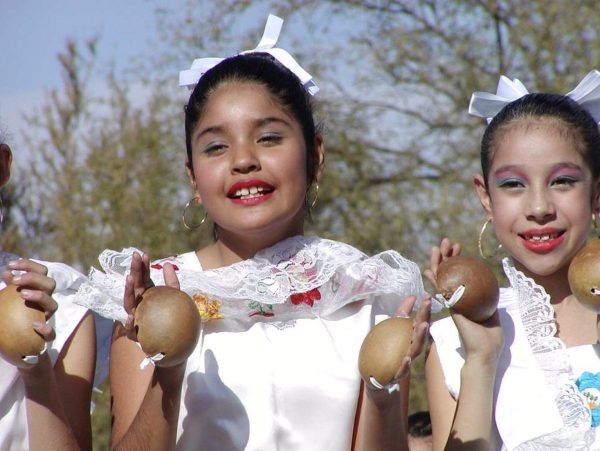
Las Posadas, which originated in Mexico in 1586, is a Catholic holiday that celebrates Joseph and Mary’s journey from Bethlehem to Nazareth in search of a place for Jesus to be born. It takes place from Dec. 16 to Dec. 24 and is typically celebrated in Latin America, Mexico, Guatemala and Honduras, as well as by Latin Americans in the United States.
During these nine days, which celebrate Mary’s nine months of pregnancy, people celebrate Las Posadas by dressing up as angels, caroling, making piñatas and drinking warm drinks. It is celebrated in different ways in different places but the main traditions. While the holiday has been continued for hundreds of years, there are very few changes to the traditions that take place.
As the holiday is more widely spread in the United States, many Christian households become split between Las Posadas and Christmas. The nine days before Christmas were filled with time with family, friends, neighbors and loved ones while Christmas is spent as a relaxing day with family.













































